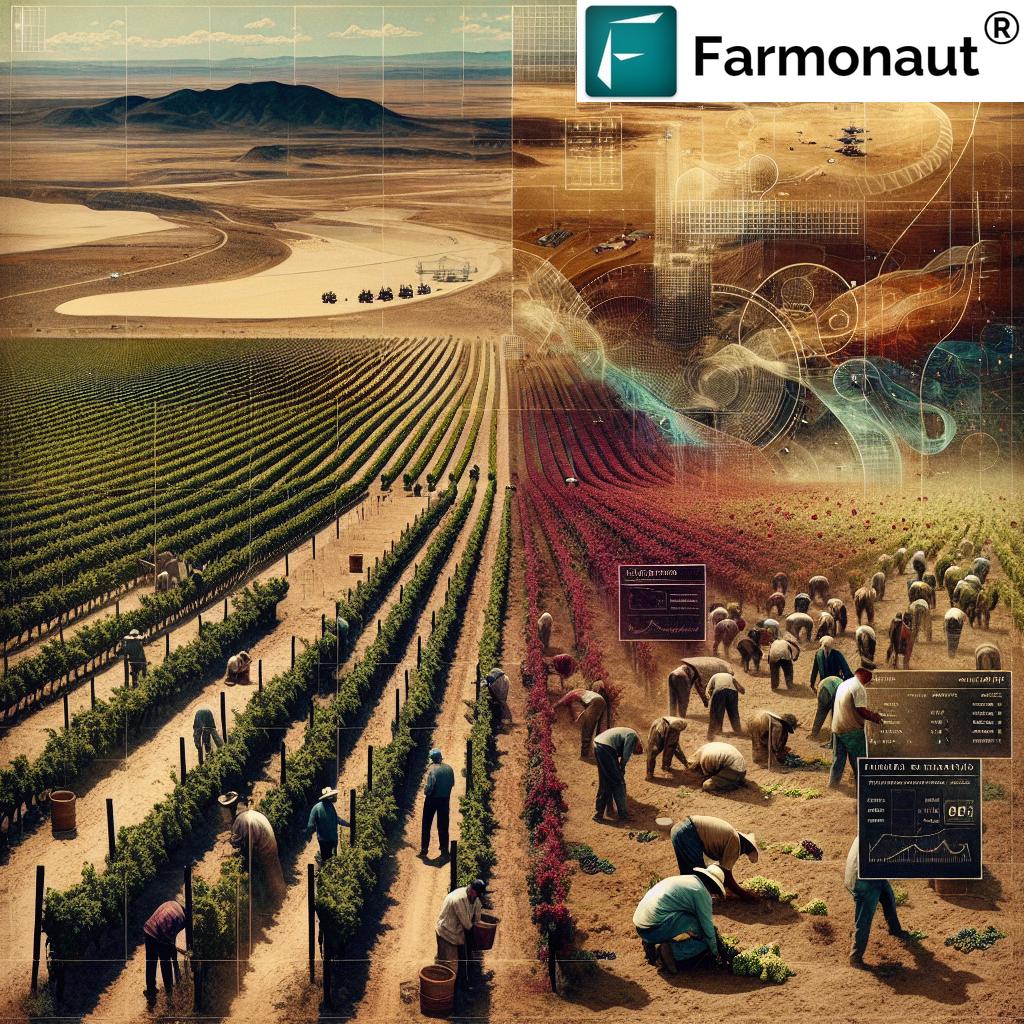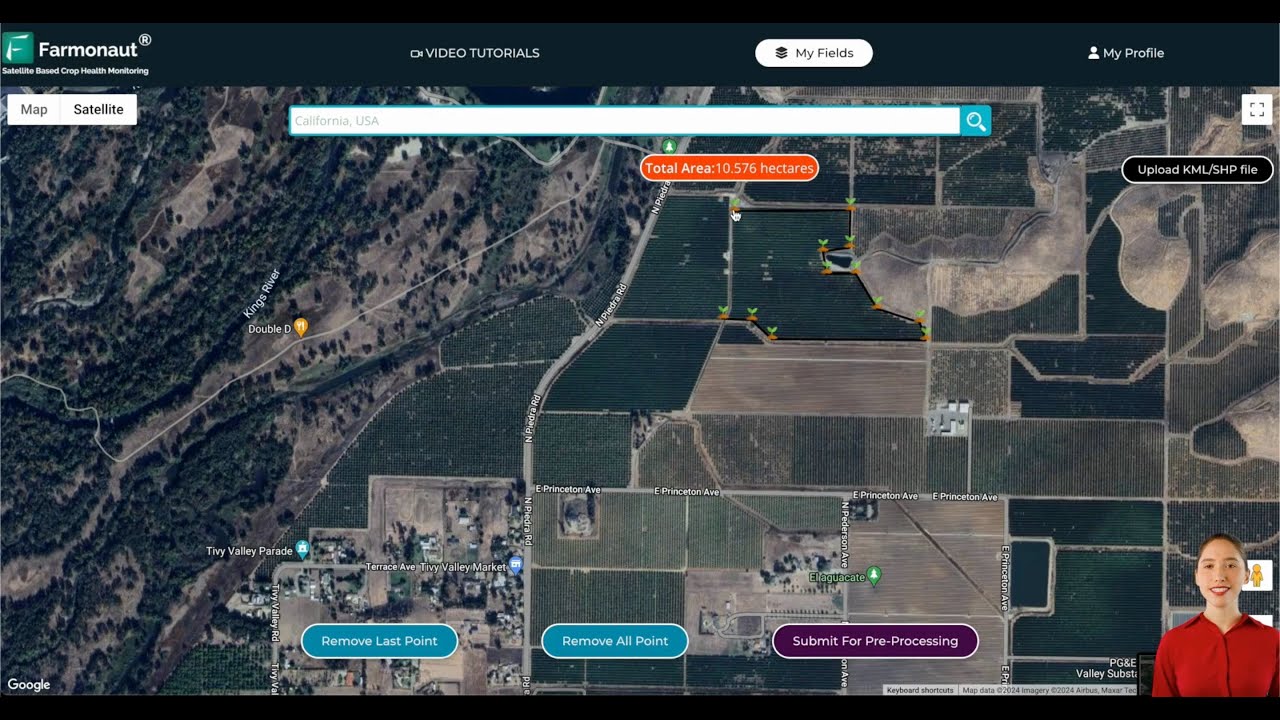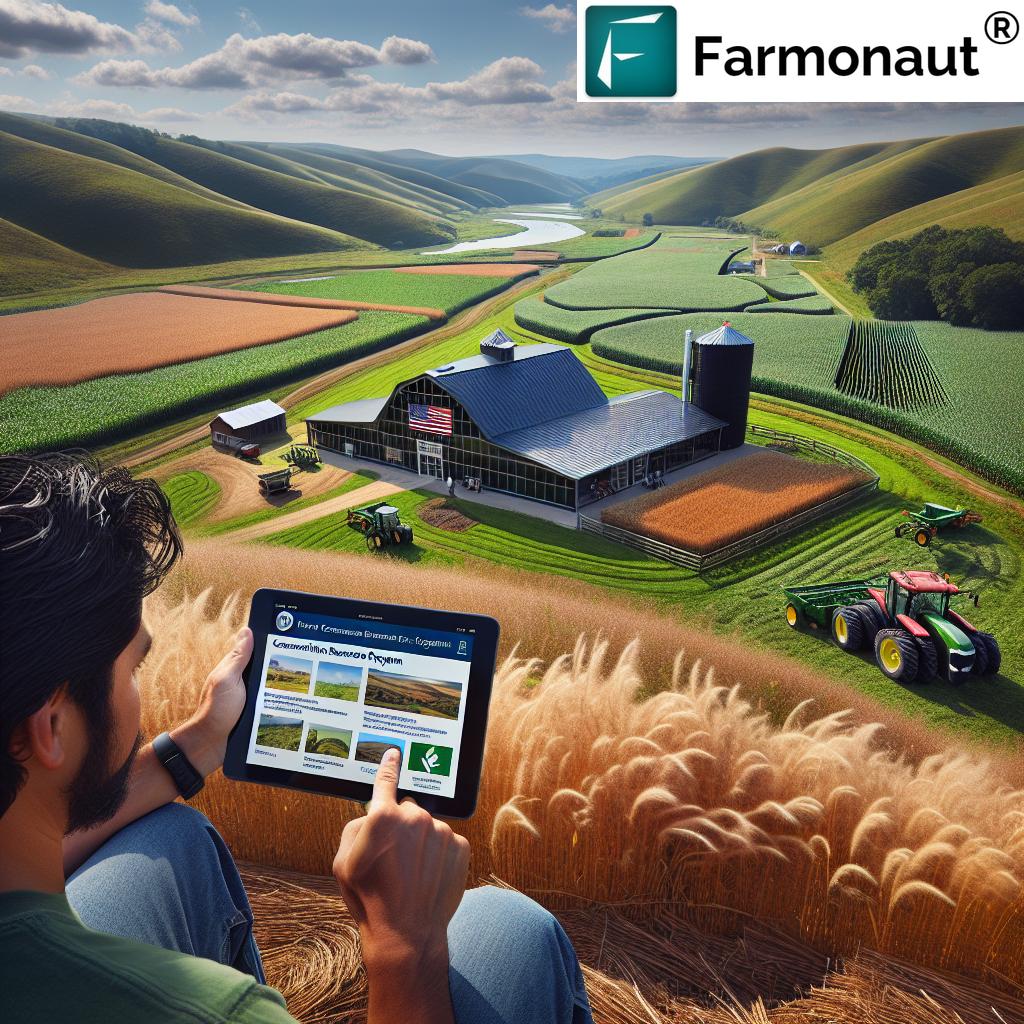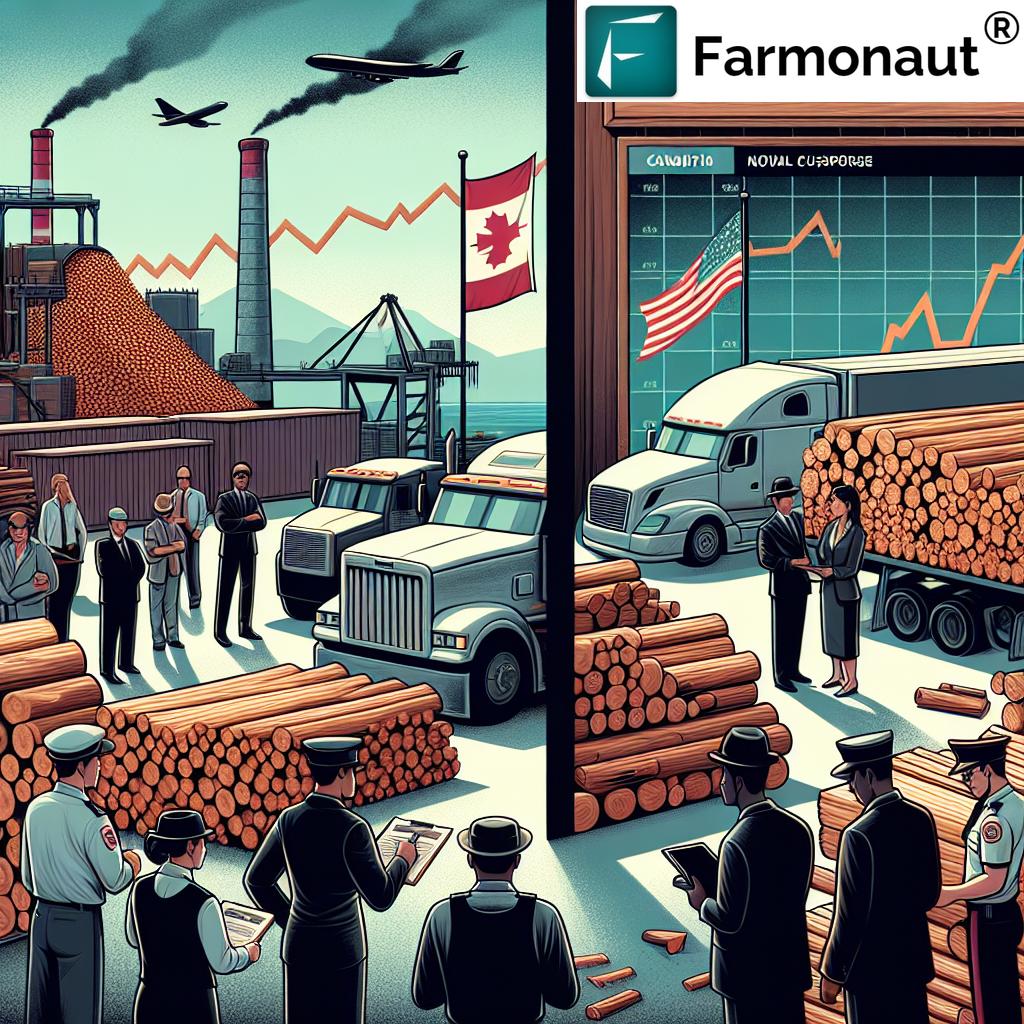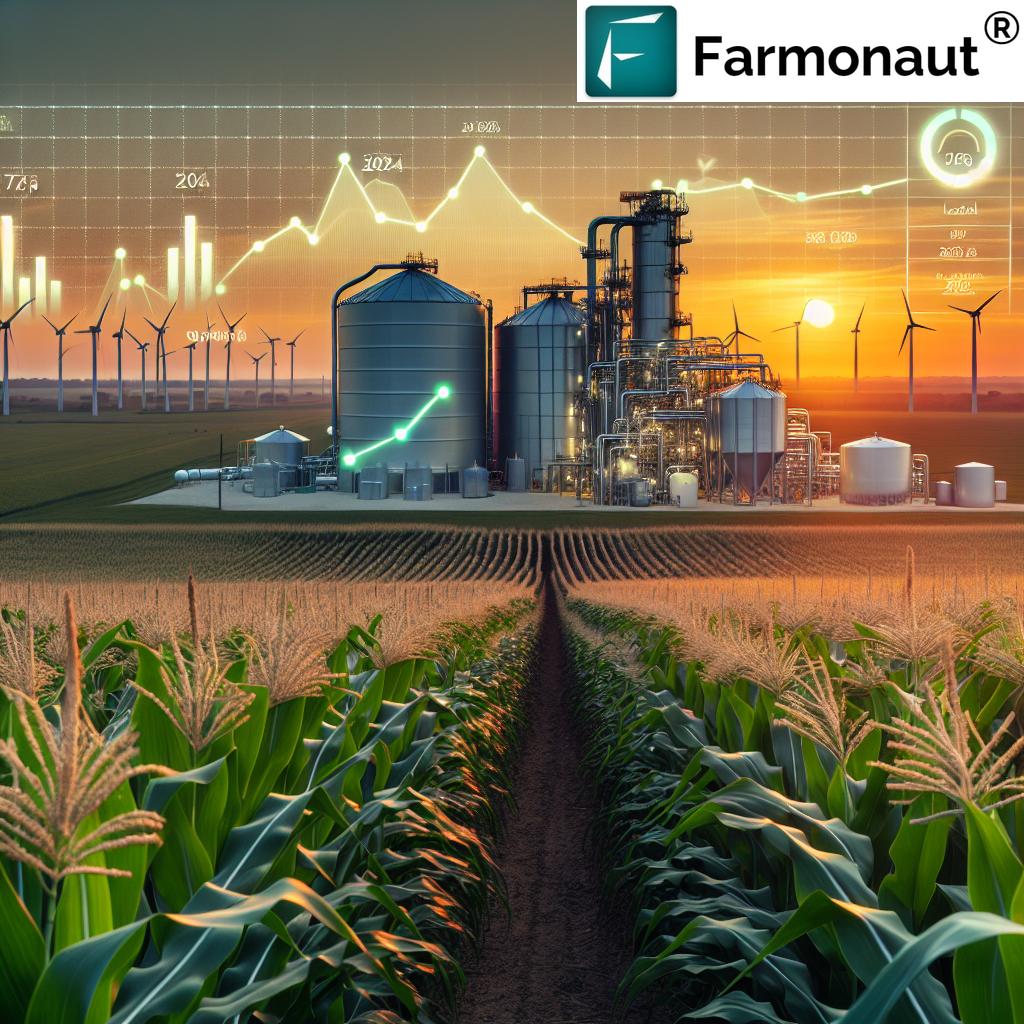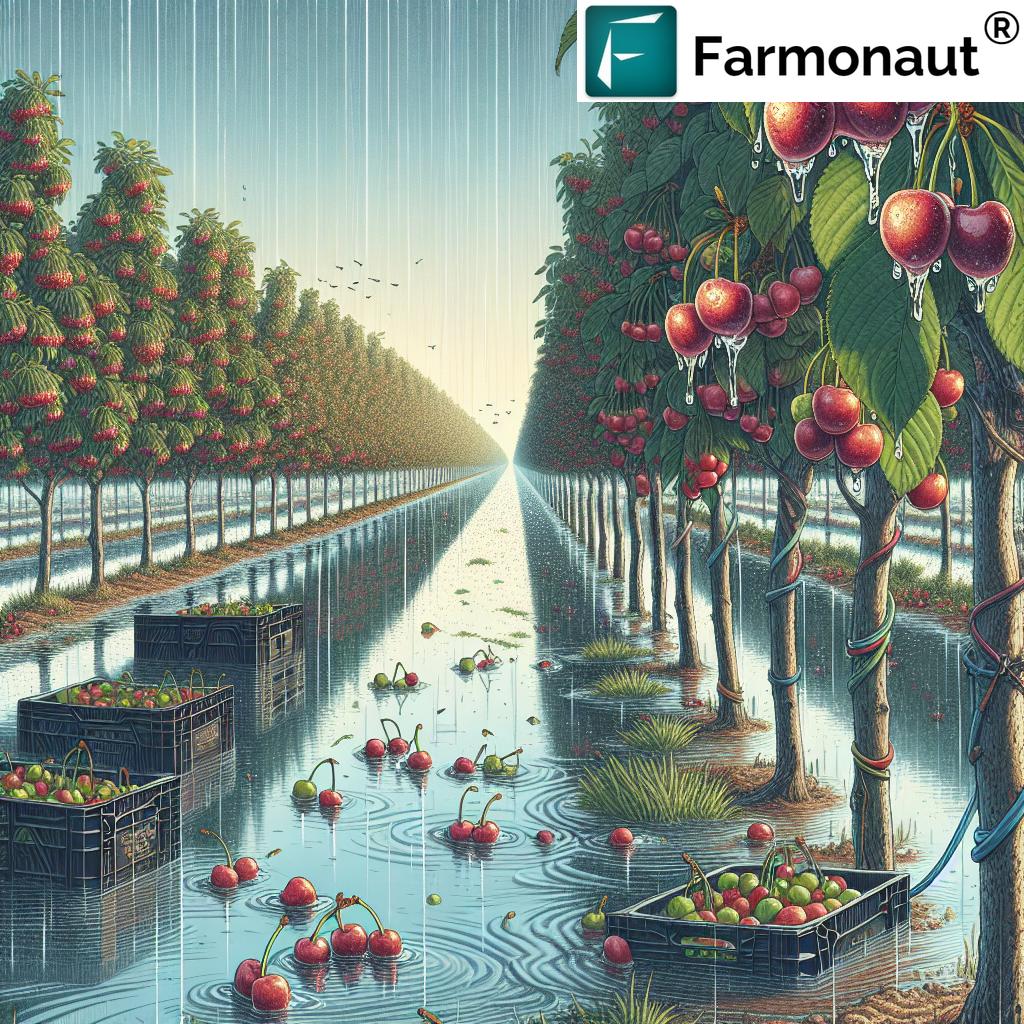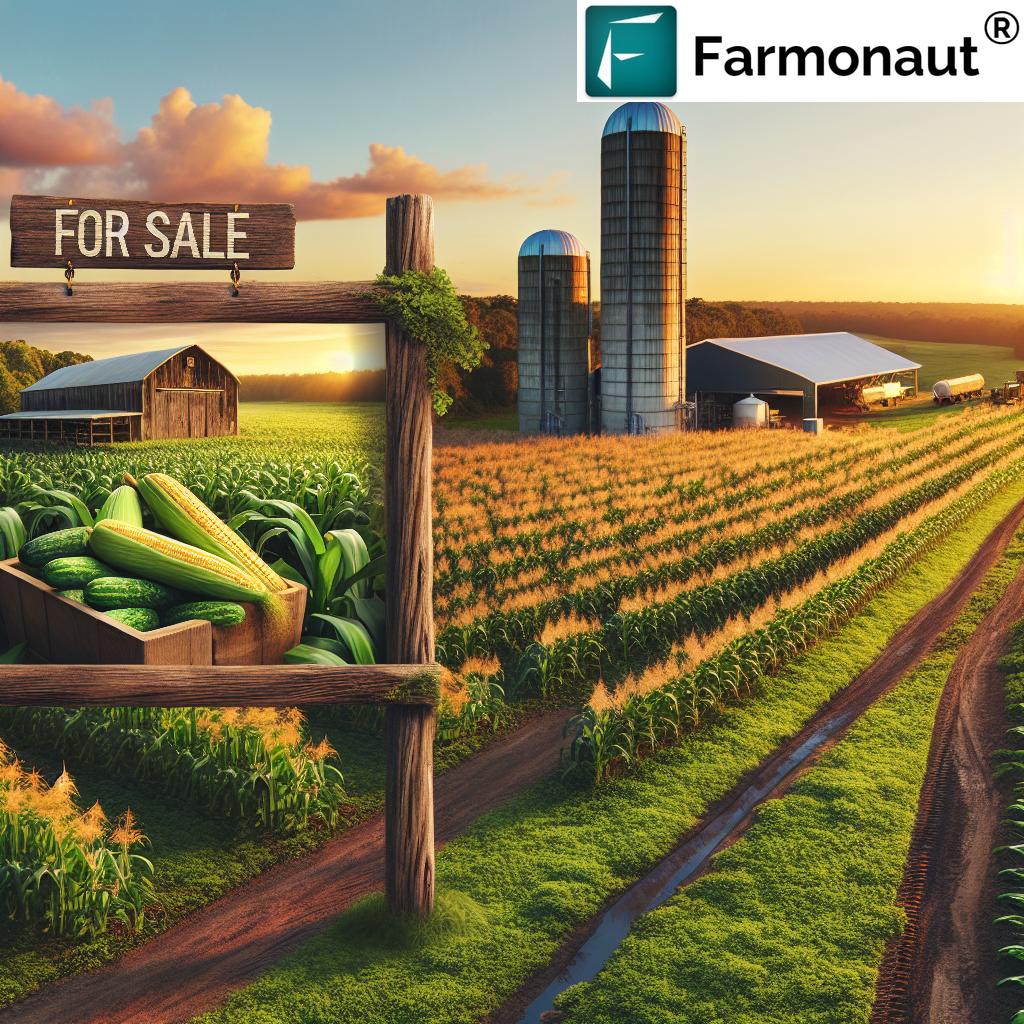Exploring Texas Wine Regions: How Technology is Revolutionizing Terroir in American Viticultural Areas
“Texas boasts 8 established American Viticultural Areas (AVAs), each with unique terroir influencing wine production.”
Welcome to the exciting world of Texas wine! As we embark on this journey through the Lone Star State’s diverse viticultural landscape, we’ll explore how cutting-edge technology is transforming the way we understand and cultivate terroir in American Viticultural Areas (AVAs). From the high-elevation plains to the rolling hills, Texas offers a rich tapestry of wine-growing regions, each with its own unique characteristics and challenges.
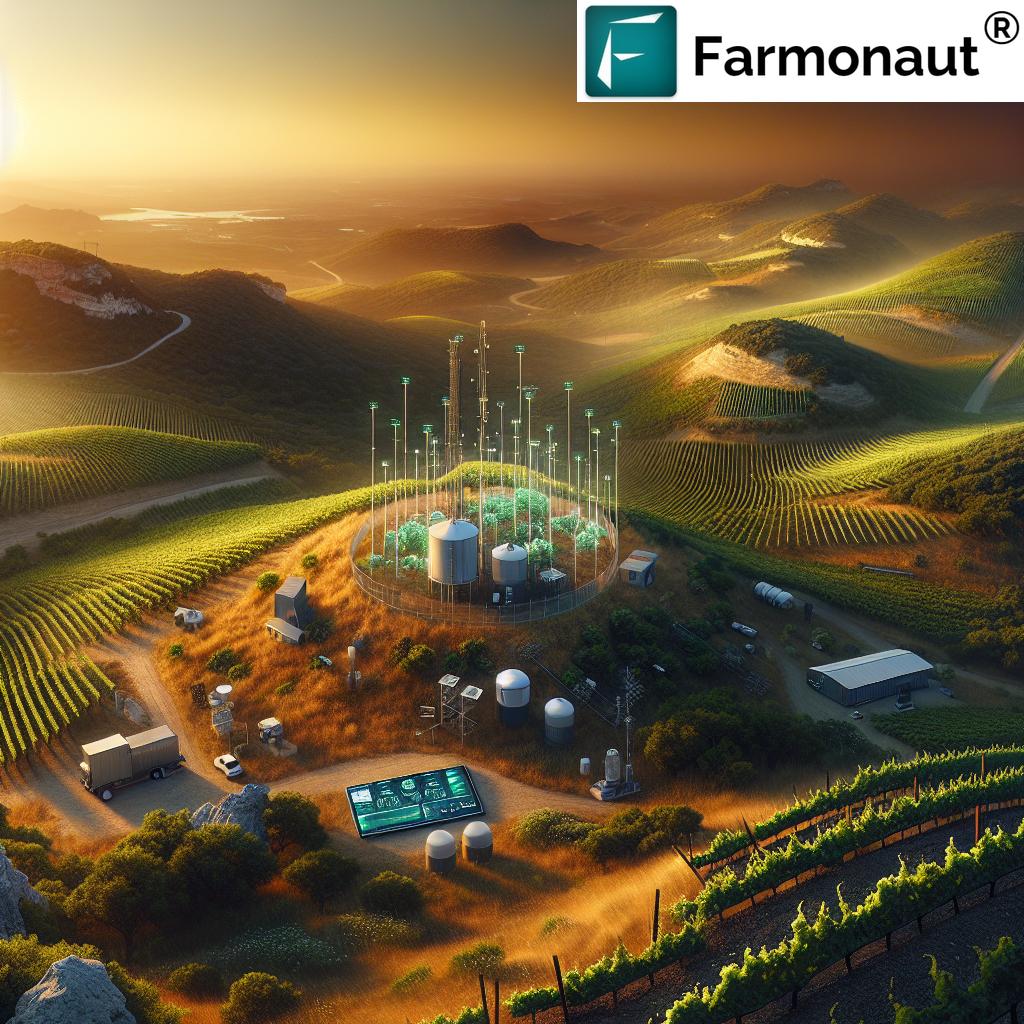
In this comprehensive guide, we’ll delve into the established and emerging AVAs of Texas, examining how soil types, climate, and elevation impact wine quality. We’ll also uncover the innovative techniques and technologies employed by forward-thinking growers to optimize grape cultivation and enhance wine production. Join us as we unravel the potential of Texas terroir and discover how precision agriculture is shaping the future of the state’s burgeoning wine industry.
Understanding Texas Terroir: A Technological Revolution
Terroir, the French term encompassing the environmental factors that influence a crop’s phenotype, is at the heart of winemaking. In Texas, the diverse landscape offers a wide range of terroirs, each imparting unique characteristics to the grapes grown there. As we explore these regions, it’s essential to understand how modern technology is helping winemakers and viticulturists unlock the full potential of their land.
One company at the forefront of this technological revolution is Farmonaut. Their satellite-based farm management solutions are transforming the way growers approach viticulture across Texas. By providing real-time crop health monitoring and AI-based advisory systems, Farmonaut enables vineyard managers to make data-driven decisions that optimize grape quality and yield.
Explore Farmonaut’s innovative solutions:
Texas High Plains AVA: Where Technology Meets Tradition
The Texas High Plains AVA, established in 1993, is a prime example of how technology is revolutionizing grape cultivation in challenging environments. Located in northwest Texas, this vast region covers approximately 8 million acres and is characterized by its high elevation, ranging from 3,000 to 3,600 feet above sea level.
- Climate: Semi-arid with hot days and cool nights
- Soil: Predominantly sandy loam with areas of red sandy clay
- Key Grape Varieties: Cabernet Sauvignon, Merlot, Tempranillo, Viognier
The unique terroir of the High Plains presents both opportunities and challenges for growers. The high elevation and arid climate contribute to excellent grape quality, but also pose risks such as spring frosts and hail. This is where precision agriculture techniques, powered by Farmonaut’s satellite technology, come into play.
Satellite-Based Crop Health Monitoring: Farmonaut’s advanced imaging technology allows growers in the High Plains to monitor their vineyards’ health remotely. By analyzing multispectral satellite images, vineyard managers can detect early signs of stress, disease, or nutrient deficiencies, enabling timely interventions.
AI-Driven Weather Forecasting: The Jeevn AI advisory system provided by Farmonaut offers personalized weather forecasts and crop management strategies. This is particularly valuable in the High Plains, where sudden temperature changes can threaten grape crops.
Texas Hill Country AVA: Balancing Tradition with Innovation
Established in 1991, the Texas Hill Country AVA is one of the most picturesque wine regions in the state. Located in central Texas, this AVA covers approximately 9 million acres and is known for its rolling hills, limestone outcrops, and diverse microclimates.
- Climate: Humid subtropical with hot summers and mild winters
- Soil: Varied, including limestone, granite, and sandy loam
- Key Grape Varieties: Tempranillo, Cabernet Sauvignon, Mourvèdre, Viognier
The Hill Country’s varied terrain and soil types create a complex tapestry of terroirs, each imparting unique characteristics to the grapes grown there. However, the region’s humidity and occasional heavy rainfall can pose challenges for grape cultivation, making precision agriculture techniques essential.
Soil Moisture Monitoring: Farmonaut’s satellite-based soil moisture analysis helps growers in the Hill Country optimize irrigation practices. This is crucial in areas with limestone soils, which can retain water differently than other soil types.
Resource Management Tools: The platform’s fleet and resource management features enable wineries to streamline their operations, from harvest logistics to cellar management. This is particularly valuable in the Hill Country, where many wineries also cater to tourism.
“The Texas High Plains AVA, at elevations up to 3,600 feet, is the second-largest AVA in Texas.”
Emerging Regions: Llano Uplift and Hickory Sands District
As the Texas wine industry continues to grow, new regions are emerging as potential AVAs, each with its own unique terroir. Two areas of particular interest are the Llano Uplift and the Hickory Sands District.
Llano Uplift
Located in central Texas, the Llano Uplift is characterized by its ancient granite formations and sandy soils. This geological anomaly creates a distinct terroir that is attracting attention from innovative winemakers.
- Climate: Semi-arid with hot summers and mild winters
- Soil: Granite-based sandy soils with good drainage
- Potential Grape Varieties: Syrah, Mourvèdre, Grenache
The unique geology of the Llano Uplift presents both opportunities and challenges for viticulture. Farmonaut’s technology can help growers in this region by:
Precision Mapping: Using satellite imagery to create detailed soil maps, allowing growers to identify the best locations for planting specific grape varieties.
Water Management: Monitoring soil moisture levels to optimize irrigation in the region’s well-drained soils, ensuring efficient water use in this semi-arid environment.
Hickory Sands District
The Hickory Sands District, located in north-central Texas, is another emerging wine region with promising potential. Its sandy soils and unique microclimate are attracting attention from growers looking to expand Texas wine production.
- Climate: Continental with hot summers and cold winters
- Soil: Deep sandy soils with good drainage
- Potential Grape Varieties: Sangiovese, Tempranillo, Viognier
For growers in the Hickory Sands District, Farmonaut’s technology offers several advantages:
Climate Analysis: The AI-driven Jeevn advisory system can help growers understand and adapt to the region’s continental climate, which can pose challenges such as late spring frosts.
Crop Health Monitoring: Regular satellite imagery analysis can help detect early signs of disease or pest infestations, which can spread quickly in the sandy soils of this region.
Sustainable Viticulture Practices in Texas AVAs
As the Texas wine industry grows, there’s an increasing focus on sustainable viticulture practices. Many wineries across the state are adopting environmentally friendly techniques to preserve their terroir and ensure long-term viability. Farmonaut’s technology plays a crucial role in supporting these efforts.
- Carbon Footprint Tracking: Farmonaut’s carbon footprinting feature allows wineries to monitor their environmental impact in real-time. This is particularly valuable for wineries in regions like the Texas Hill Country, where tourism and wine production must be balanced with environmental conservation.
- Precision Irrigation: By providing accurate soil moisture data, Farmonaut helps growers across Texas AVAs optimize their water use. This is especially critical in arid regions like the Texas High Plains, where water conservation is paramount.
- Integrated Pest Management: The platform’s crop health monitoring capabilities enable growers to detect pest and disease issues early, reducing the need for chemical interventions and promoting more sustainable pest management practices.
For wineries looking to implement sustainable practices, Farmonaut offers comprehensive solutions through its web and mobile applications:
Access Farmonaut’s advanced features:
The Role of Technology in Enhancing Wine Quality
The integration of technology in viticulture is not just about improving efficiency; it’s also about enhancing wine quality. By providing growers with detailed insights into their vineyards, Farmonaut’s solutions are helping to produce better grapes and, ultimately, better wines across Texas AVAs.
- Terroir Mapping: Satellite imagery and AI analysis allow for precise mapping of soil types, elevations, and microclimates within vineyards. This enables growers to match grape varieties to the most suitable terroir, maximizing quality potential.
- Harvest Timing Optimization: By monitoring grape ripeness through vegetation indices, Farmonaut helps growers determine the optimal harvest time for each vineyard block, ensuring grapes are picked at peak quality.
- Vineyard Zoning: Advanced analytics allow for the creation of management zones within vineyards, enabling tailored care for different areas based on their specific needs and characteristics.
For those interested in leveraging these technologies, Farmonaut offers comprehensive API access:
Explore Farmonaut’s API capabilities:
Farmonaut API
API Developer Docs
Comparison of Texas Wine Regions
| Region/AVA Name | Location | Elevation Range (ft) | Climate Type | Dominant Soil Types | Key Grape Varieties | Estimated Annual Production (cases) | Notable Wineries | Technological Innovations |
|---|---|---|---|---|---|---|---|---|
| Texas High Plains AVA | Northwest Texas | 3,000 – 3,600 | Semi-arid | Sandy loam, red sandy clay | Cabernet Sauvignon, Tempranillo, Viognier | 750,000 | Llano Estacado, McPherson Cellars | Satellite-based crop monitoring, AI weather forecasting |
| Texas Hill Country AVA | Central Texas | 800 – 2,100 | Humid subtropical | Limestone, granite, sandy loam | Tempranillo, Mourvèdre, Viognier | 500,000 | Fall Creek Vineyards, Becker Vineyards | Precision irrigation, resource management tools |
| Llano Uplift (Emerging) | Central Texas | 1,000 – 1,500 | Semi-arid | Granite-based sandy soils | Syrah, Mourvèdre, Grenache | 25,000 (estimated) | Emerging wineries | Precision mapping, water management systems |
| Hickory Sands District (Emerging) | North-central Texas | 500 – 1,000 | Continental | Deep sandy soils | Sangiovese, Tempranillo, Viognier | 15,000 (estimated) | Emerging wineries | Climate analysis, crop health monitoring |
The Future of Texas Wine: Embracing Technology and Tradition
As we look to the future of Texas wine, it’s clear that the integration of technology with traditional winemaking practices will play a crucial role in shaping the industry. The diverse terroirs of Texas offer immense potential for producing world-class wines, and with the help of advanced technologies like those provided by Farmonaut, growers and winemakers can unlock this potential like never before.
- Precision Viticulture: The continued adoption of satellite-based monitoring and AI-driven analytics will enable even more precise management of vineyards, tailoring care to the specific needs of each vine.
- Climate Adaptation: As climate change presents new challenges, technologies that help growers adapt to changing conditions will become increasingly important.
- Sustainable Practices: The focus on sustainability will likely intensify, with technology playing a key role in helping wineries reduce their environmental impact while maintaining quality.
- Emerging Regions: As new areas like the Llano Uplift and Hickory Sands District continue to develop, technology will be crucial in helping growers understand and optimize these unique terroirs.
Conclusion: A Bright Future for Texas Wine
The Texas wine industry stands at an exciting crossroads, where centuries-old winemaking traditions meet cutting-edge technology. From the established AVAs of the High Plains and Hill Country to emerging regions like the Llano Uplift and Hickory Sands District, Texas offers a diverse array of terroirs that are only beginning to reveal their full potential.
As we’ve explored throughout this article, technologies like those offered by Farmonaut are playing a crucial role in helping growers and winemakers understand and optimize their unique terroirs. By leveraging satellite imagery, AI-driven analytics, and precision agriculture techniques, Texas wineries are not only improving their efficiency and sustainability but also enhancing the quality of their wines.
The future of Texas wine is bright, with technology paving the way for continued innovation and excellence. As the industry continues to grow and evolve, we can look forward to an ever-increasing array of high-quality, terroir-driven wines that showcase the unique character of the Lone Star State.
For those looking to be part of this exciting future, Farmonaut offers a range of solutions to help you optimize your vineyard management:
Frequently Asked Questions
- What is an American Viticultural Area (AVA)?
An AVA is a designated wine grape-growing region in the United States, distinguished by its geographic features, with boundaries defined by the Alcohol and Tobacco Tax and Trade Bureau (TTB). - How many established AVAs are there in Texas?
Texas currently has 8 established American Viticultural Areas. - What is terroir, and why is it important in winemaking?
Terroir refers to the environmental factors that affect a crop’s phenotype, including aspects like soil, climate, and terrain. It’s crucial in winemaking as it influences the unique characteristics and quality of the grapes and resulting wine. - How is technology changing viticulture in Texas?
Technology, such as satellite-based crop monitoring and AI-driven analytics, is helping growers better understand their terroir, optimize resource use, and improve grape quality across Texas AVAs. - What are some of the challenges faced by Texas winemakers?
Texas winemakers face challenges such as variable climate conditions, including late spring frosts and summer heatwaves, as well as the need to match grape varieties to diverse terroirs.
